The emergence of agentic AI is a significant breakthrough in artificial intelligence because it can plan, base, and do things independently. Although such agents complete complex tasks and make their own decisions on their own, greater freedom poses a challenge to safety, ethics, and consistency. Effective protection mechanisms and assessment infrastructures are all necessary in ensuring that the expensive errors are avoided so that trust is established and accountability assured upon the use of AI when it comes to high-stakes applications in industries.
AI guardrails are safety mechanisms designed to keep autonomous agents operating within acceptable boundaries. Imagine these guardrails as a series of invisible fences that help AI systems avoid making decisions they should not make—decisions that may be harmful, immoral, or inconsistent with the purpose for which the system was constructed.
These guardrails operate on many tiers. Others run at the training stage, and they influence the model to approach learning. Others also operate during inference, causing manipulation of decisions of the agent in the real-time to intervene when needed. The highest-technology guardrails comprise a combination of the two directions to form multi-faceted safety upholstering.

Content Filters filter both incoming and outgoing messages of the agent in an effort to block malicious or un-recorded content. They may intercept efforts to create violent text, block out personally identifiable text or deny demands to engage in illegal acts.
Behavioral Constraints are imposed on the kind of action which an agent may undertake. To give just a few examples, a financial AI agent may not conduct transactions that exceed a specific limit without human intervention, or instead of responding to speed limits, the decision-making of an autonomous vehicle may include a speed limit programmed into its operation.
Access Controls that determine the available resources and systems of how an agent can interact with them. These guardrails will make sure that AI agents can see the information and tools they need to do their particular jobs, which will minimize the chances of having unintended consequences.
The Boundaries of Reasoning stop the quests that the agents may have to arrive at their objectives in unintended ways. They would bar an AI that is meant to optimize the engagement of users with manipulative or addictive means.
Development of robust guardrails must be developed with a layered approach which will respond to various kinds of risks and modes of failures.
Protective measures can also be applied at a time, and before an agentic AI system becomes operational, several measures must be developed by the developers. According to constitutional AI training, the ethical principles are incorporated directly into decision-making in the model. This means that, through this approach, agents are taught to think of broader connotations of their actions and adhere to human values.
Red-teaming practice implies that one takes a deliberate attempt to exploit the system to find the weak points. Such stresses test uncover edge cases and failure traditional scenarios that could be otherwise obscure in regular operating conditions.
Effective guardrails can also be those put in place by capability limitations. Instead of creating an agent that has unlimited capabilities, the developers can purposefully limit what the system is capable of doing minimizing the possibilities of deleterious consequences.

Operating agent behavior is supervised by real-time agent guardrails which can interfere when it is warranted. Abnormal behavior detection systems raise red flags of abnormal behaviors and this may reveal that the agent would be acting out of its prescribed parameters.
Mechanisms that include human-in-the-loop involves some decisions or actions that cannot be made or taken without human approval. Such checkpoints are especially vital in high-stakes scenarios in which the cost of change can be expensive.
Circuit breakers even operate in an agent to halt or terminate it automatically when some predefined conditions are reported. This is an automatic mechanism which helps in avoiding unchecked processes which may lead into great damages.
Operational agentic AI legitimate performance extends farther than conventional measures such as accuracy or speed. These self-directed agents need to be fully evaluated in various dimensions in order to ascertain that they are functioning in a desired manner.
The primary measure of any agent's success is how well it achieves its intended objectives. However, this evaluation must consider not just whether goals are met, but how they're accomplished.
Success rate metrics help to monitor the level of success on which number of tasks allocated to the agent is completed. However, such figures simply carry a part of the tale. Evaluators should also look at the means used by the agent, use of resources and conformity to constraints.
Measures on efficiency would assist in deciding whether the agent is fulfilling responsibilities in justifiable manners or not. The agent that attains his or her objectives at the cost of resource wastage or adopting very complicated strategies can be improved.
Perhaps most critically, evaluators must assess whether agents remain aligned with human values and intentions throughout their operation.
Constraint adherence testing verifies that agents respect the boundaries set by their guardrails. This includes checking that they don't attempt to circumvent safety measures or find loopholes in their instructions.
Unintended consequence assessment looks for negative side effects of the agent's actions. Even when agents achieve their primary objectives, they might cause problems in other areas that weren't explicitly considered.
The agentic AI states will be required to operate reliably in vast conditions and their situations. In stress testing, the agents are subjected to odd, deviant or confronting moments in the context of evaluating their reactions. This can be in form of giving contradictory instructions or restricting resources at their disposal or placing unwanted challenges along the way.
Edge case testing looks at the way located in real life that agents do concerning situations that are outside of their normal operational domain. It is common that these boundary conditions manifest weak spots in the system design or training.
The path to effective guardrails needs the density of the particular risks and necessities of the use case.
Guardrails ought to be in proportion to the risk and consequences of activities of the agent. Her more cautious and extensive safeguards are needed in high-stakes applications; less risky situations may be deemed as more identifiably permissive.
The trick is to strike the optimal balance between safety and functionality. Excessively strict guardrails will limit an agent to play it safe, whereas weak guardrails pose unacceptable risks.
Good guardrail systems must be comprehensible to the human operators and stakeholders. Whenever safety measures limit or distort the actions of an agent, users should know the reason why some such intervention was made.
This openness will lead to fidelity and will also result in the ever-reflecting aspect of the guardrail systems. When the stakeholders are able to view the work of safety measures, it will be possible to evaluate whether the measures are proper and effective.
Guardrails are not installed and check it and forget. They need constant surveillance, review, and upgrading with regard to real performance and the evolving needs.
Regular audits must determine the effectiveness of current guardrails as capabilities and skills of the agent change or new kinds of situations reveal themselves. In case of the emergence of new risks external feedback loops should be in place to facilitate quick updates.
The future of AI relies on building systems that are safe, reliable, and aligned with human values. Powerful guardrails and assessment systems will come in handy as agentic AI proliferates. Strong design and tough evaluations must be made as priorities of organizations in order to secure safety. Developers, ethicists, policymakers, and users should also collaborate in order to establish the standards and reduce risks. Early safety emphasis can both unlock the potential of AI and gain the trust of the people.
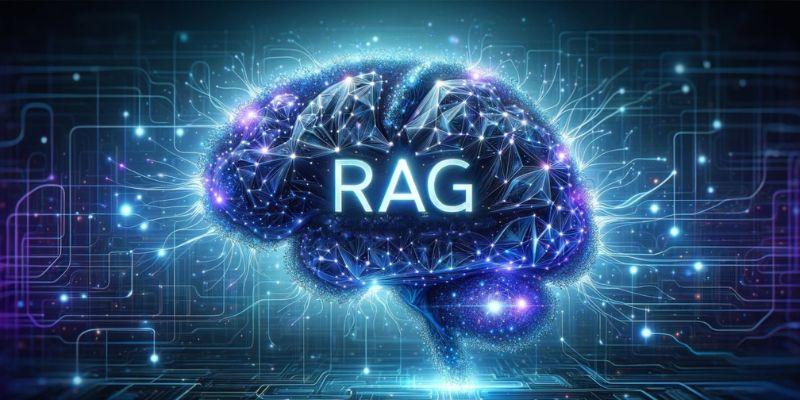
Find out what Retrieval Augmented Generation (RAG) is. Explore its key features, benefits, and real-world applications.

How clique-based compression and advanced techniques revolutionize efficient graph storage and analytics for large, clustered graphs.
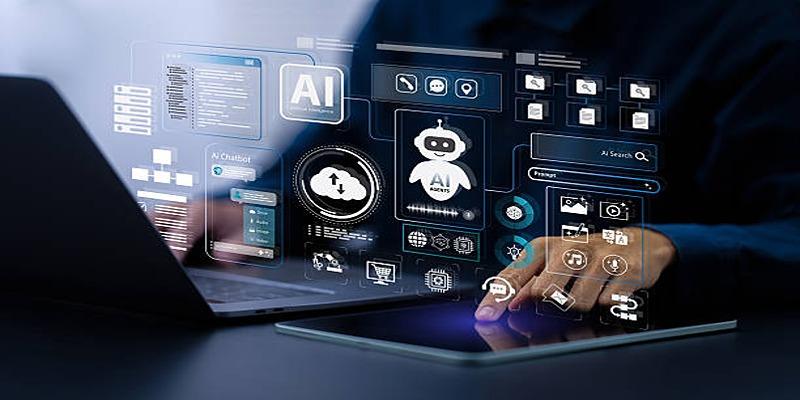
How building safe, reliable, and ethical AI systems can unlock their potential while minimizing risks and gaining public trust.

How AI revolutionizes productivity, education, and business by fostering collaboration between technology and human intelligence.

Learn the top 5 ways for efficiently analyzing Power BI performance using DAX Studio for better insights and analysis.

Google wants you to use AI for your next vacation by turning complex travel planning into an easy, conversational process. Discover how its AI travel planner simplifies everything from trip ideas to bookings

How to connect Bard to Gmail, Google Docs, YouTube, and other popular Google services. Learn how Bard extensions help streamline tasks and improve productivity by linking your favorite tools in one place
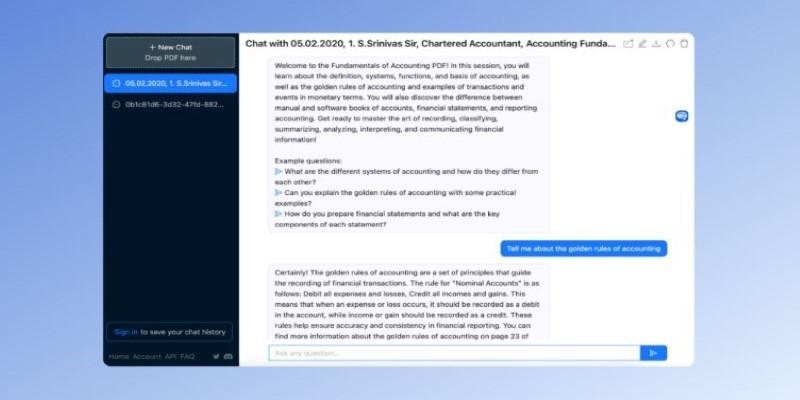
Tired of scrolling through huge documents? Chat With AI to Summarize Obnoxiously Long PDFs and get quick, relevant insights without reading every page. See how AI summarization simplifies your workflow

Explore the differences between Midjourney and DALL·E 3 to find the best AI image generator in 2025. Compare styles, accuracy, usability, and more
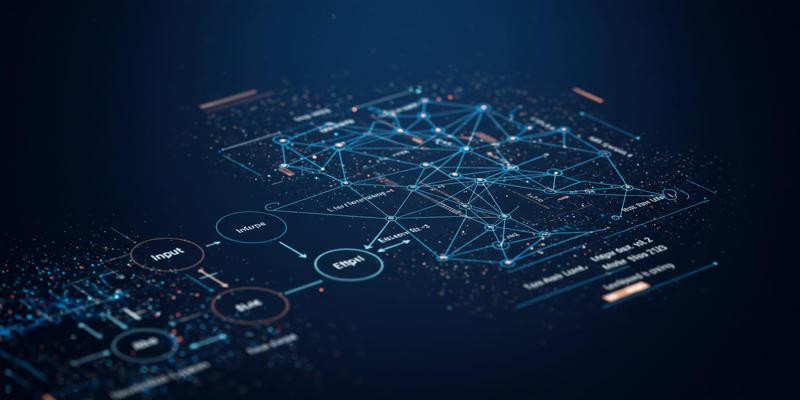
How educational assessment techniques can improve how we evaluate large language models' inference capabilities, moving beyond accuracy metrics to assess true reasoning and understanding.

Discover powerful AI apps transforming productivity, creativity, communication, and everyday problem-solving
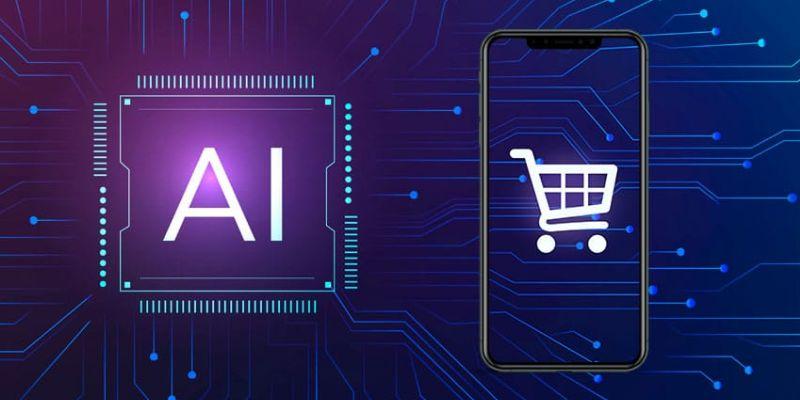
Discover eight real-world AI in e-commerce examples for 2025, from smarter shopping to personalization and future growth.